|
Researching how women in Delhi deal with menstrual health outside of their home with the goal of designing an application to aid them in categorizing and finding bathrooms and other safe spaces to meet their needs. |
Graph-Level Operations (GLOs) are a holistic vocabulary of encapsulated manipulations of graph visualization elements. GLOs allow analysts to explore their network data in new and interesting ways, freeing them from being restricted to predefined graph visualization techniques. GLOs also provide software engineers with an alternative, extensible means of writing extensible graph visualization applications. Finally, GLOs provide an elegant method for generating animated transitions between graph visualization techniques. |
The gloHood is a wearable technology garment that amplifies and augments the expressive movement of a dancer. It provides the novice audience with an available affordance to better appreciate and understand modern dance, and the dancers new tools to better communicate with the audience, with each other, and with themselves. The garment provides the dancer with a gesture control interface through embedded RFID tags, and a motion control interface through accelerometers sewn into the garment. 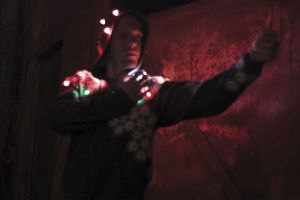 |
The gloSkirt is a wearable technology garment design for Mary Jane Pennington of dance troupe gloATL. The team wanted to give her an experimental tool to challenger her own movement style and better engage audiences new to dance. A base layer of LEDs responds to resistive sensors embedded within layer of the skirt, causing the garment to "pulse" and "breathe" as the dancer crushes and separates with her movements. 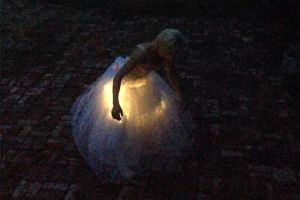 |
|
The purpose of this study is to evaluate the design of a system to help people manage email overload. The system visualizes data of addresses sending emails to the user’s Gmail account, and allows the user to block or filter messages from listed addresses based on understanding past interactions with messages sent by these addresses. We hope to improve the system, and potentially make it publicly available for improving people’s efficiency in managing their Gmail inboxes. |
This project is a qualitative study of non-textual mobile communication practices in Southern China. Examining the rapid proliferation of emoji in WeChat use, we attend to the lessening dependence on a text. We use interview and observation data from 30 participants to investigate how rural, small town and urban Chinese adults creatively and innovatively balance the use of emoji and text in their communication, as we envision the evolution of emoji into a modality of its own. 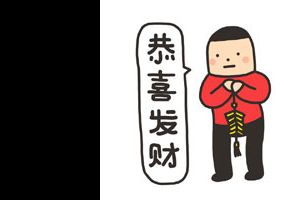 |
Goodminton is a sensor-based system consisting of two sensors attached to the feet of the player. The sensor collects data pertaining to user movement and then provides a detailed analysis on their mobile device. The system hopes to help players who do not have access to coaches but wish to learn the correct technique of the game. |
Many real-world datasets are large, multivariate, and relational in nature and relevant associated decisions frequently require a simultaneous consideration of both attributes and connections. Existing visualization systems and approaches often make an explicit trade-off between either affording rich exploration of individual data units or exploration of the underlying network structure. We demonstrate through a system called Graphicle how network structure can be layered on top of unit visualization techniques to create new opportunities for visual exploration of large multivariate networks. 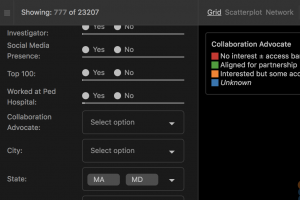 |
|
Network visualizations, often in the form of node-link diagrams, are an effective means to understand relationships between entities, discover entities with interesting characteristics, and to identify clusters. While several existing tools allow users to visualize pre-defined networks, creating these networks from raw data remains a challenging task, often requiring users to program custom scripts or write complex SQL commands. Some existing tools also allow users to both visualize and model networks. |
Social media have come to empower social movements across the world. One of the shared conditions that prompt people to turn to computing infrastructures is the collapse or inattention of established institutions to address the physical, social, and cultural conditions of oppression or insecurity. It is within this context that we examined the particular conditions in and around Mexico where citizens have turned to Facebook to catalogue data about local crime. |
Despite growing awareness of the term food desert millions of people still have poor access to healthy food. The focus of the research is to help students living in food deserts get better access to grocery stores. Grocery Pool is a mobile application that students can use to collaborate and plan trips to grocery stores. |
With veganism/vegetarianism gaining popularity, more individuals are adopting these diets for health and environmental reasons. This gives rise to several questions: 1. How healthy are the alternative diets of veganism/vegetarianism? 2. Do they pose any risk if practiced without sufficient knowledge and customization? 3. What are some issues vegans/vegetarians face? How can these be better addressed? For our Master’s project, we explored the area of veganism/vegetarianism within the scope of the above questions to conceptualize a solution that best addresses their needs. |
|
The annual Clough Commons Art Crawl serves as a unique opportunity for Georgia Tech students to close their books, catch their breath, and enjoy the therapeutic effects of art. The blank walls of the Clough Commons will once again be transformed into a make-shift gallery, all centered around the artistic work of Georgia Tech students. |
GTJourney is an opportunity for all members of the Georgia Tech community to collaborate on applications and solutions that benefit the campus. It is a virtual focal point for students, faculty, and staff to develop ideas and solutions, find technical support and resources, advertise and access campus data, and share applications and experiences. 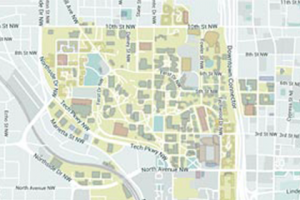 |



